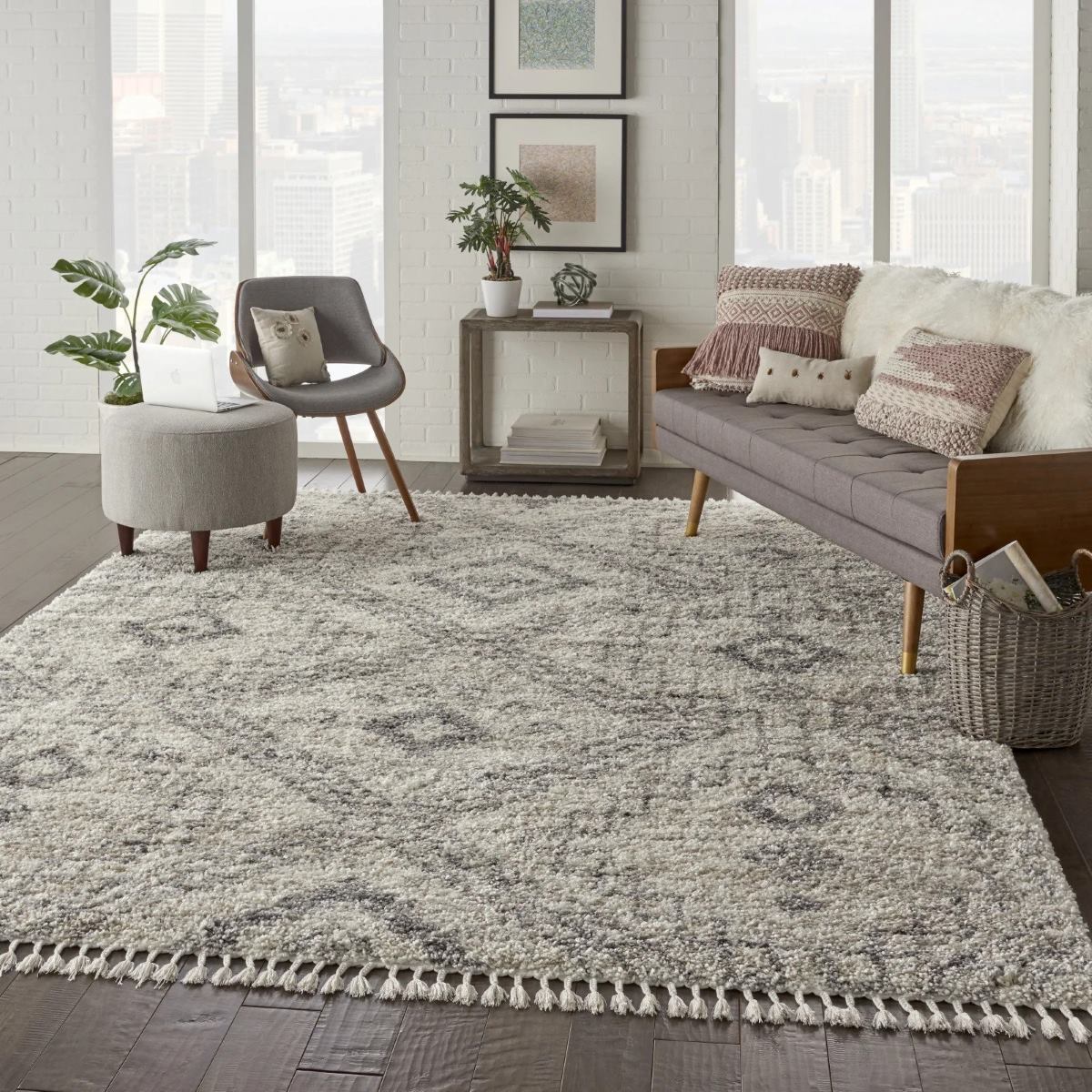

Articles
What Are Scandinavian Rugs Called
Modified: January 5, 2024
Discover the beauty of Scandinavian rugs and learn what these stunning floor coverings are called. Read our informative articles to find out more.
(Many of the links in this article redirect to a specific reviewed product. Your purchase of these products through affiliate links helps to generate commission for Storables.com, at no extra cost. Learn more)
Introduction
Scandinavian rugs, also known as Nordic rugs or Nordic carpets, are renowned for their exceptional craftsmanship, timeless designs, and cozy aesthetics. These beautiful rugs have gained popularity around the world for their ability to transform any space into a warm and inviting sanctuary.
Originating from the Scandinavian countries of Sweden, Norway, Denmark, Finland, and Iceland, Scandinavian rugs have a rich history that dates back centuries. They have stood the test of time due to their high-quality materials, attention to detail, and the cultural significance they hold in the region.
In this article, we will dive into the fascinating world of Scandinavian rugs, exploring their history, characteristics, popular designs, materials used, care, and maintenance, as well as ways to incorporate them into your home decor.
Whether you are a design enthusiast looking to add a touch of Nordic charm to your space or simply curious about these iconic rugs, this article will serve as your ultimate guide to understanding and appreciating the beauty of Scandinavian rugs.
Key Takeaways:
- Embrace the timeless elegance and versatility of Scandinavian rugs, known for their simplicity, natural materials, and durability. Transform your space into a cozy sanctuary with these iconic pieces of Nordic design.
- Discover the rich cultural heritage and enduring beauty of Scandinavian rugs. From their humble origins to their global appeal, these rugs offer more than just functionality—they embody the values of craftsmanship, natural materials, and timeless design.
History of Scandinavian Rugs
The history of Scandinavian rugs dates back to ancient times when the nomadic tribes of the region first began to weave textiles to cover the floors of their homes. These early rugs were primarily made for practical purposes, providing warmth and insulation in the harsh Nordic climate.
As the region developed and trade routes were established, the art of rug weaving began to evolve. Swedish, Norwegian, Danish, and Finnish weavers started to incorporate their unique cultural influences and techniques into their creations.
During the 18th and 19th centuries, weaving became an important trade in Scandinavia. Rugs started to be produced on a larger scale and became highly sought after not only for their functionality but also for their artistic value. The iconic Scandinavian design aesthetic began to emerge during this period, characterized by simplicity, minimalism, and a focus on natural materials.
One of the most influential figures in the history of Scandinavian rugs is the Swedish artist Marta Maas-Fjetterstrom. In the early 20th century, she founded a workshop that employed skilled weavers who created unique and highly desirable rugs. Maas-Fjetterstrom’s designs were inspired by traditional Swedish patterns and motifs, as well as modern art movements such as Art Nouveau and Art Deco.
Today, the tradition of rug weaving in Scandinavia continues to thrive. Many artisanal workshops and independent designers are dedicated to preserving and revitalizing the craft. The influence of Scandinavian rugs can be seen not only in homes around the world but also in contemporary design trends.
Scandinavian rugs have come a long way from their humble origins as utilitarian items. They have become a symbol of craftsmanship, tradition, and the enduring beauty of Nordic design.
Characteristics of Scandinavian Rugs
Scandinavian rugs are known for their distinct characteristics that set them apart from other rug styles. These characteristics contribute to the appeal and popularity of these rugs:
- Simplicity: Scandinavian rugs embrace simplicity in design. They often feature clean lines, geometric patterns, and minimalist color palettes. This minimalistic approach creates a sense of calm and elegance in any space.
- Natural Materials: Scandinavian rugs are typically made from natural materials such as wool, cotton, linen, or a blend of these fibers. These materials not only add to the durability of the rug but also provide a soft and cozy feel underfoot.
- Functional Design: Scandinavian rugs are designed with functionality in mind. They are crafted to withstand heavy foot traffic and are often reversible, allowing for extended use and longevity.
- Intricate Weaving Techniques: The weaving techniques used in Scandinavian rugs are highly skilled and precise. The weavers pay close attention to detail, resulting in intricate patterns and motifs that add depth and texture to the rug.
- Natural Colors: Scandinavian rugs typically feature a neutral color palette, with hues such as whites, creams, grays, and earth tones. These colors reflect the simplicity and harmony of the Nordic landscape and allow the rugs to effortlessly blend into any interior design scheme.
- Versatility: Scandinavian rugs are incredibly versatile, making them suitable for a wide range of interior styles. Whether you have a modern, minimalist, Scandinavian-inspired, or eclectic decor, these rugs can seamlessly fit into any space and enhance its aesthetic appeal.
- Durability: Scandinavian rugs are known for their exceptional quality and durability. The use of high-quality materials and expert craftsmanship ensures that these rugs can withstand the test of time, even in high-traffic areas of the home.
These characteristics make Scandinavian rugs a popular choice for homeowners and designers who appreciate the beauty of understated elegance and timeless design.
Popular Designs and Patterns in Scandinavian Rugs
Scandinavian rugs feature a variety of unique designs and patterns that capture the essence of Nordic aesthetics. These designs are characterized by their simplicity, versatility, and timeless appeal. Here are some popular designs and patterns commonly found in Scandinavian rugs:
- Stripes: Stripes are a prevalent design element in Scandinavian rugs. They can range from thin, subtle lines to bold, wide stripes. The use of stripes adds a sense of movement and visual interest to the rug.
- Geometric Patterns: Geometric patterns, such as squares, triangles, and diamonds, are commonly found in Scandinavian rugs. These patterns are often arranged in a symmetrical or repetitive manner, creating a harmonious and balanced design.
- Floral Motifs: Floral motifs inspired by nature are another popular design feature in Scandinavian rugs. These motifs can range from delicate blossoms to stylized floral patterns, adding a touch of femininity and organic charm to the rug.
- Checkerboard: The checkerboard pattern, with its alternating squares of contrasting colors, is a classic design seen in many Scandinavian rugs. This pattern adds a playful and graphic element to the rug, creating a visually striking focal point.
- Abstract Designs: Scandinavian rugs often incorporate abstract designs, which can be inspired by various art movements or interpretations of the natural world. These designs allow for artistic expression and can add a modern and contemporary touch to any space.
- Nordic Symbols: Some Scandinavian rugs feature traditional Nordic symbols, such as runes, Viking motifs, or folklore-inspired patterns. These symbols pay homage to the rich cultural heritage of the region and add a sense of history and storytelling to the rug.
When choosing a Scandinavian rug, consider the design and pattern that speaks to your personal taste and complements your overall interior style. The simplicity and versatility of these designs make them suitable for a wide range of decor themes and color schemes.
Scandinavian rugs are commonly known as “Rya” rugs, which are characterized by their long, shaggy pile and traditional geometric designs.
Materials Used in Scandinavian Rugs
Scandinavian rugs are known for their exceptional quality and craftsmanship, which is attributed in part to the materials used in their construction. These rugs are typically made from natural fibers that offer durability, softness, and a touch of luxury. Here are some common materials used in Scandinavian rugs:
- Wool: Wool is the most widely used material in Scandinavian rug weaving. It is prized for its softness, warmth, and resilience. Wool fibers have natural moisture-wicking and insulating properties, making them perfect for Nordic climates. The use of wool contributes to the cozy and inviting feel of Scandinavian rugs.
- Cotton: Cotton is another popular material used in Scandinavian rugs. It is valued for its strength and versatility. Cotton fibers are lightweight and breathable, making the rugs suitable for both warm and cool climates. Cotton also provides a smooth texture and adds a layer of comfort to the rug.
- Linen: Linen is a natural fiber derived from the flax plant and is occasionally used in Scandinavian rug weaving. It offers a unique texture and a slightly more rustic appearance. Linen is highly durable and becomes softer and more lustrous with use, making it an excellent choice for long-lasting rugs.
- Silk: Silk is often used as an accent material in luxurious Scandinavian rugs. It adds a touch of elegance and sheen to the rug, enhancing its visual appeal. Silk fibers are incredibly fine and delicate, creating a smooth and luxurious texture. However, due to its higher cost, silk is typically used sparingly in the design.
- Blend of Fibers: Some Scandinavian rugs feature a combination of different fibers to achieve specific characteristics. For example, a blend of wool and silk can create a rug that is soft, lustrous, and durable. These blends offer the best of both worlds, combining the benefits of different materials.
The choice of material depends on factors such as budget, desired texture, and the intended use of the rug. Regardless of the material used, Scandinavian rugs are crafted with the utmost attention to detail, ensuring that they are of the highest quality and will last for generations to come.
Care and Maintenance of Scandinavian Rugs
To keep your Scandinavian rug looking its best and to prolong its lifespan, it is important to follow proper care and maintenance practices. Here are some tips to help you effectively care for your rug:
- Vacuum Regularly: Vacuum your rug on a regular basis to remove loose dirt, dust, and debris. Use a vacuum cleaner with a brush attachment, and make sure to go in the direction of the rug fibers to prevent damage.
- Avoid Direct Sunlight: Place your Scandinavian rug away from direct sunlight to prevent fading and discoloration. If exposure to sunlight is unavoidable, consider using window treatments or UV-protective films to shield the rug.
- Rotate the Rug: Rotate your rug periodically to promote even wear and prevent traffic patterns from forming. This will help maintain the rug’s appearance and longevity.
- Spot Cleaning: Attend to spills and stains immediately by blotting the affected area with a clean cloth or paper towel. Avoid rubbing the stain, as it can push the spill deeper into the fibers. Use mild detergent and lukewarm water to gently clean the spot, and then blot it again to remove excess moisture.
- Avoid Harsh Chemicals: Avoid using harsh chemicals or bleach when cleaning your Scandinavian rug, as they can damage the fibers and affect the colors. Stick to mild detergents or seek professional cleaning assistance when dealing with tough stains.
- Professional Cleaning: Consider hiring a professional rug cleaner to deep clean your Scandinavian rug every couple of years. Professional cleaning can help remove embedded dirt, revitalize the fibers, and restore the rug’s original vibrancy.
- Protect the Rug: Place a rug pad underneath your Scandinavian rug to provide extra cushioning, prevent slipping, and protect the floor underneath. Rug pads also help extend the life of the rug by reducing friction and wear.
- Store Properly: If you need to store your Scandinavian rug, make sure it is clean and dry. Roll it up with acid-free paper or fabric to prevent creases and avoid storing it in humid or damp environments.
Following these care and maintenance practices will help ensure that your Scandinavian rug remains beautiful and retains its quality for years to come. Proper care will not only enhance the longevity of your rug but also preserve its value as a cherished piece of decor.
How to Incorporate Scandinavian Rugs into your Home Decor
Scandinavian rugs are versatile and can complement a wide range of interior design styles. Here are some creative ways to incorporate these rugs into your home decor:
- Create a Cozy Living Room: Place a Scandinavian rug in your living room to anchor the seating area. Opt for a larger rug that allows all the furniture legs to sit comfortably on it. Choose a neutral or muted color palette that aligns with the calming and minimalist Scandinavian aesthetic.
- Add Warmth to your Bedroom: Place a Scandinavian rug next to your bed to add warmth and texture to your bedroom. A soft wool rug in a subtle pattern or neutral color can create a serene and inviting atmosphere.
- Define the Dining Area: If you have an open-concept space, use a Scandinavian rug to define the dining area. Choose a rug that is large enough to fit the dining table and chairs comfortably. Consider a rug with a more intricate pattern or contrasting colors to create visual interest in the dining area.
- Add Texture to a Minimalist Space: If you have a minimalist decor theme, use a Scandinavian rug to add texture and visual interest to the space. Choose a rug with a woven or textured pattern that complements the clean lines and simplicity of your decor.
- Contrast with Bold Colors: Scandinavian rugs work well in spaces with bold or vibrant colors. Use a rug with a simple pattern and neutral tones to create a striking contrast against colorful walls or furniture.
- Create a Reading Nook: Transform a corner of your home into a cozy reading nook by placing a Scandinavian rug, a comfortable chair, and a bookshelf. The softness and warmth of the rug will make your reading experience even more enjoyable.
- Layer with Other Rugs: Experiment with layering different rugs to add visual interest and depth to your space. Place a Scandinavian rug on top of a larger natural fiber rug or layer multiple Scandinavian rugs of different sizes for a unique and personalized look.
- Enhance a Scandinavian-inspired Decor: If you have a Scandinavian-inspired interior, a Scandinavian rug is the perfect addition. Choose a rug that complements the colors and patterns already present in your decor, creating a cohesive and harmonious look.
Remember, the key is to let the Scandinavian rug be the focal point of the room while harmonizing with the overall design scheme. Let your creativity guide you in finding the perfect placement and style of your Scandinavian rug to create a warm, inviting, and visually captivating space.
Conclusion
Scandinavian rugs are more than just floor coverings; they are a testament to the rich cultural heritage and timeless design principles of the Nordic region. With their simplicity, functionality, and natural beauty, these rugs have captured the hearts of design enthusiasts around the world.
Throughout this article, we explored the history, characteristics, popular designs, materials, care, and creative ways to incorporate Scandinavian rugs into your home decor. From their humble beginnings as practical necessities to their current status as coveted pieces of art, Scandinavian rugs have come a long way.
Whether you choose a Scandinavian rug for its minimalist patterns, soft natural fibers, or its ability to add warmth and texture to your space, these rugs offer a timeless elegance that can transform any room into a cozy sanctuary. Their versatility allows them to seamlessly blend with a variety of interior design styles, from modern and minimalist to rustic and eclectic.
Remember to care for your Scandinavian rug by following proper maintenance practices, such as regular vacuuming, spot cleaning, and professional cleaning when needed. By taking care of your rug, you can ensure that it remains beautiful and durable for many years to come.
Incorporating a Scandinavian rug into your home decor is not just about adding a functional and visually captivating piece; it is about embracing the aesthetic and values of simplicity, natural materials, and craftsmanship that define Nordic design. Whether you choose to highlight your rug as a focal point or let it subtly enhance your interior space, a Scandinavian rug can bring warmth, beauty, and a touch of Nordic charm to your home.
So, why not bring a piece of the Nordic region into your own home? Allow a Scandinavian rug to elevate your space and create a haven of comfort and style. With their timelessness and enduring appeal, these rugs are sure to make a lasting impression on both you and your guests.
Frequently Asked Questions about What Are Scandinavian Rugs Called
Was this page helpful?
At Storables.com, we guarantee accurate and reliable information. Our content, validated by Expert Board Contributors, is crafted following stringent Editorial Policies. We're committed to providing you with well-researched, expert-backed insights for all your informational needs.
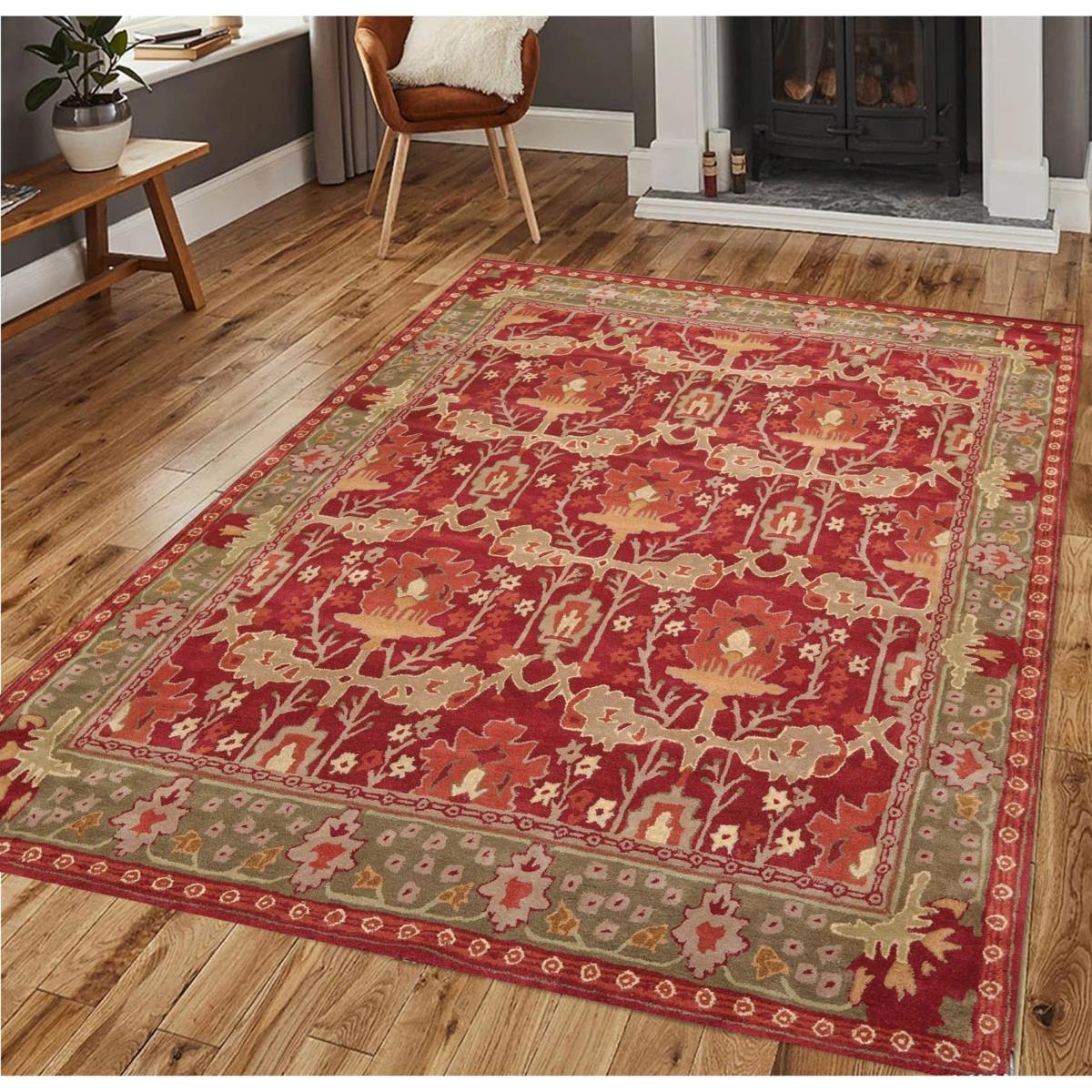
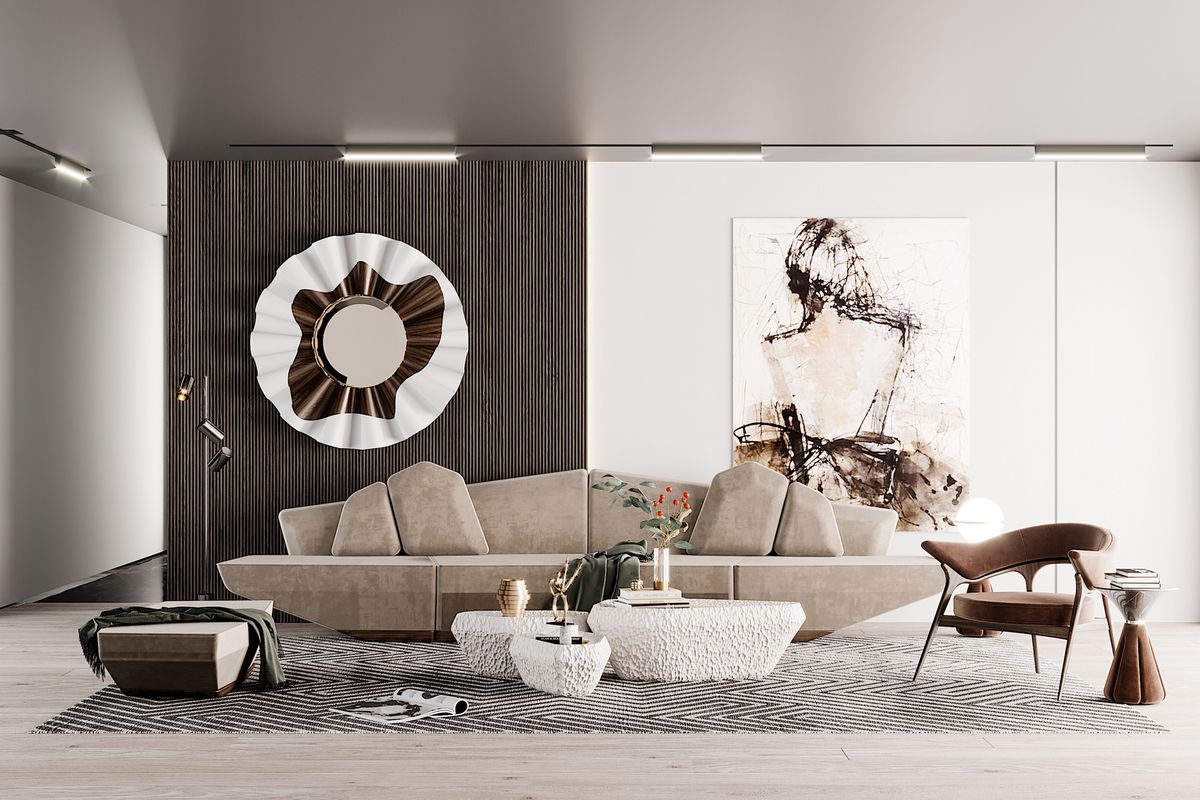
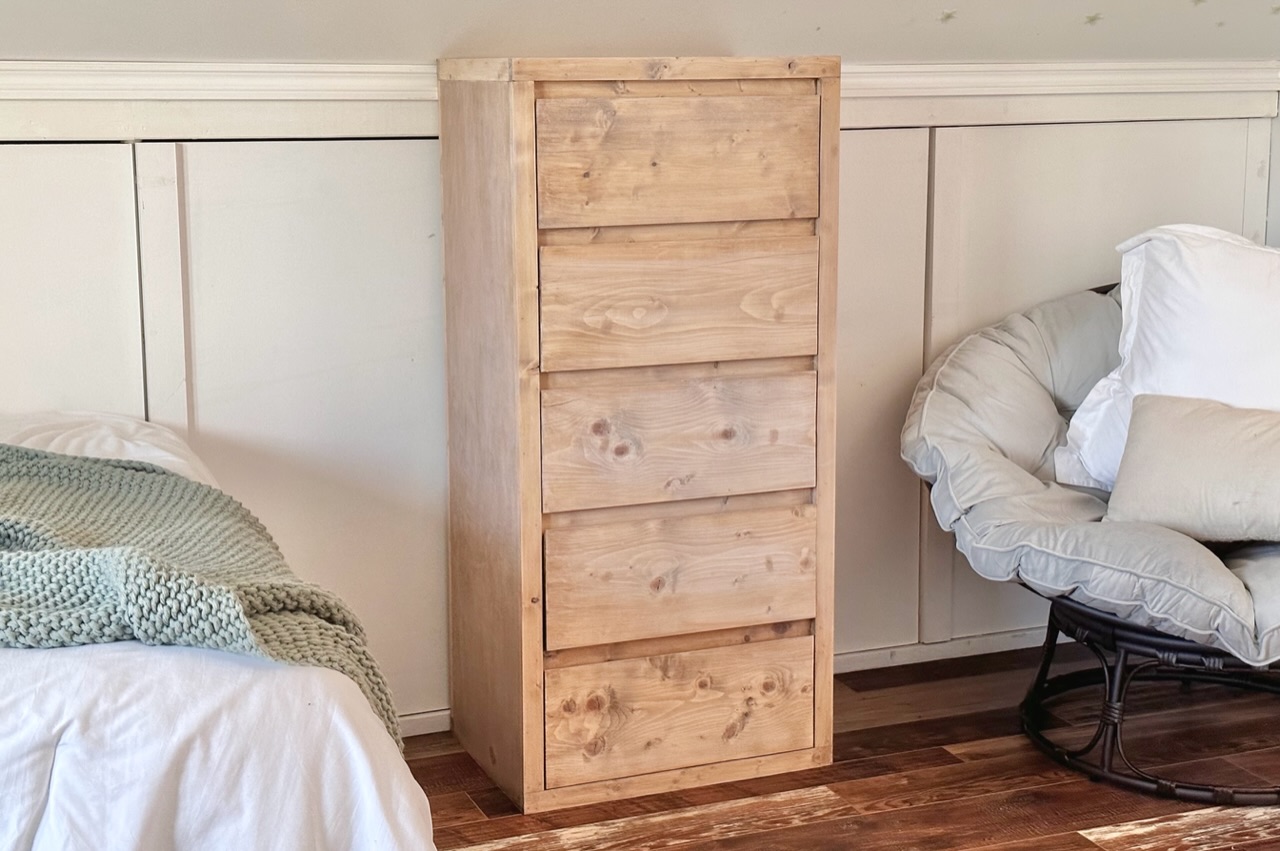

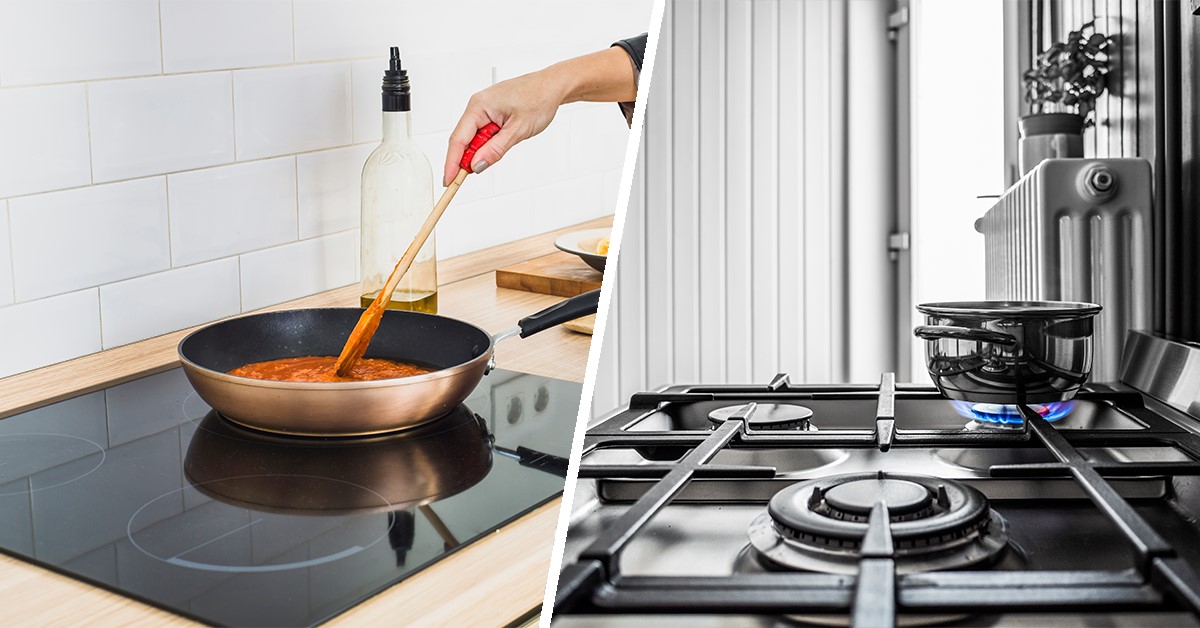
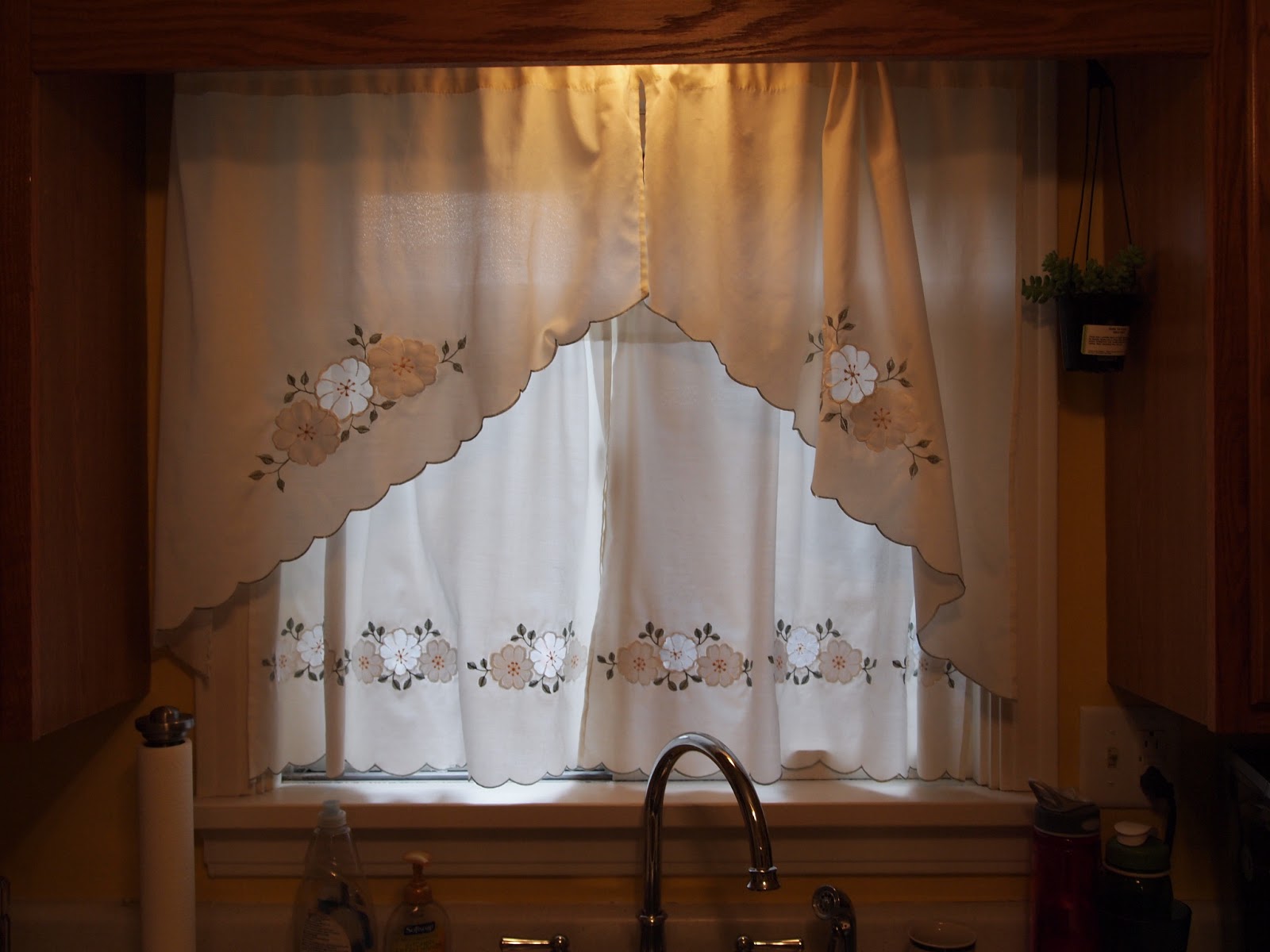
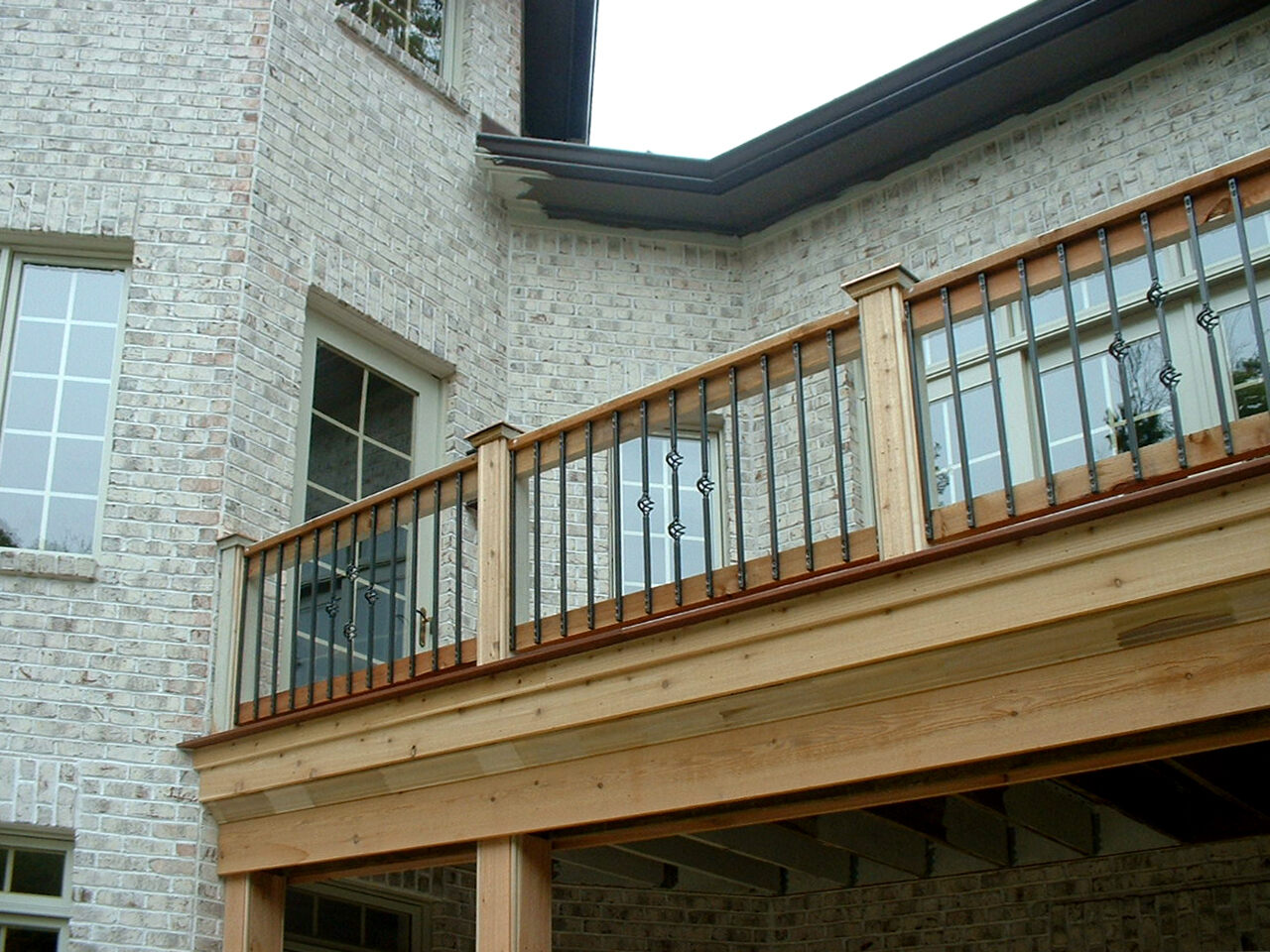
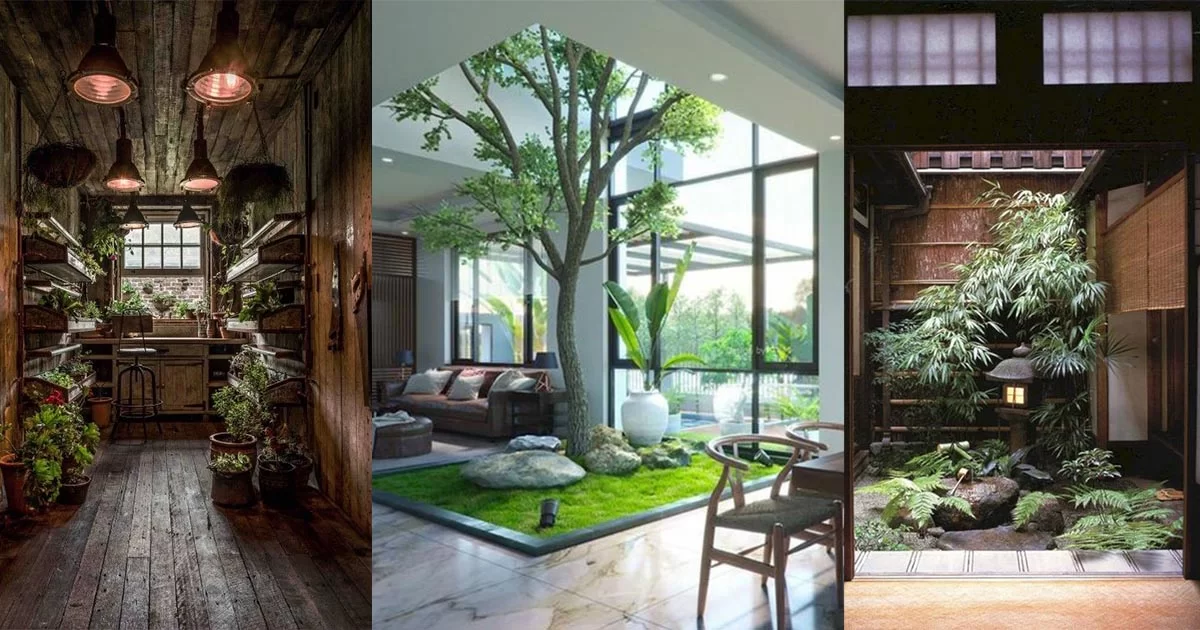
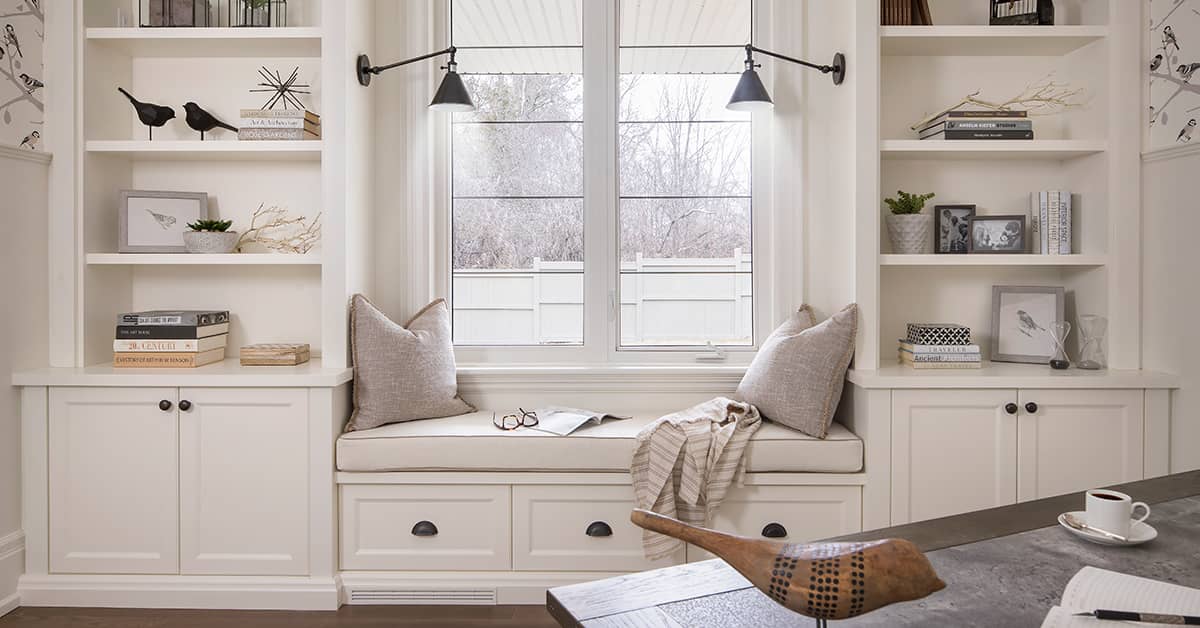
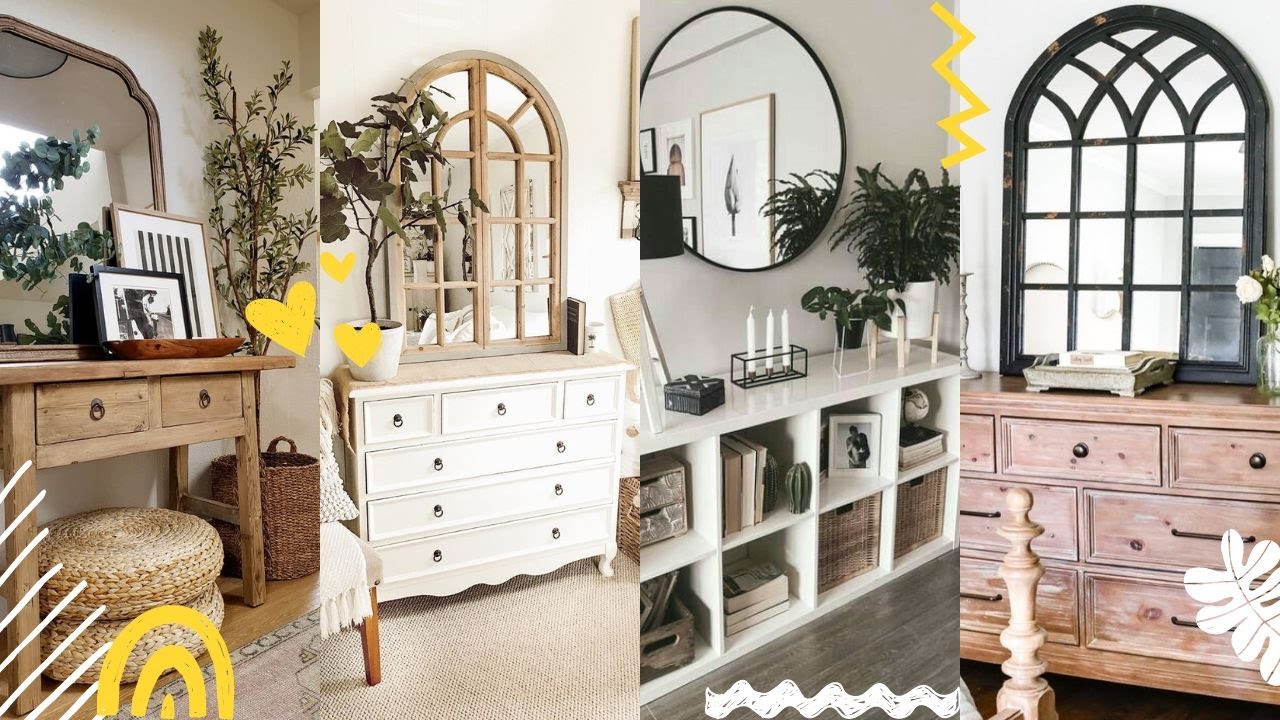
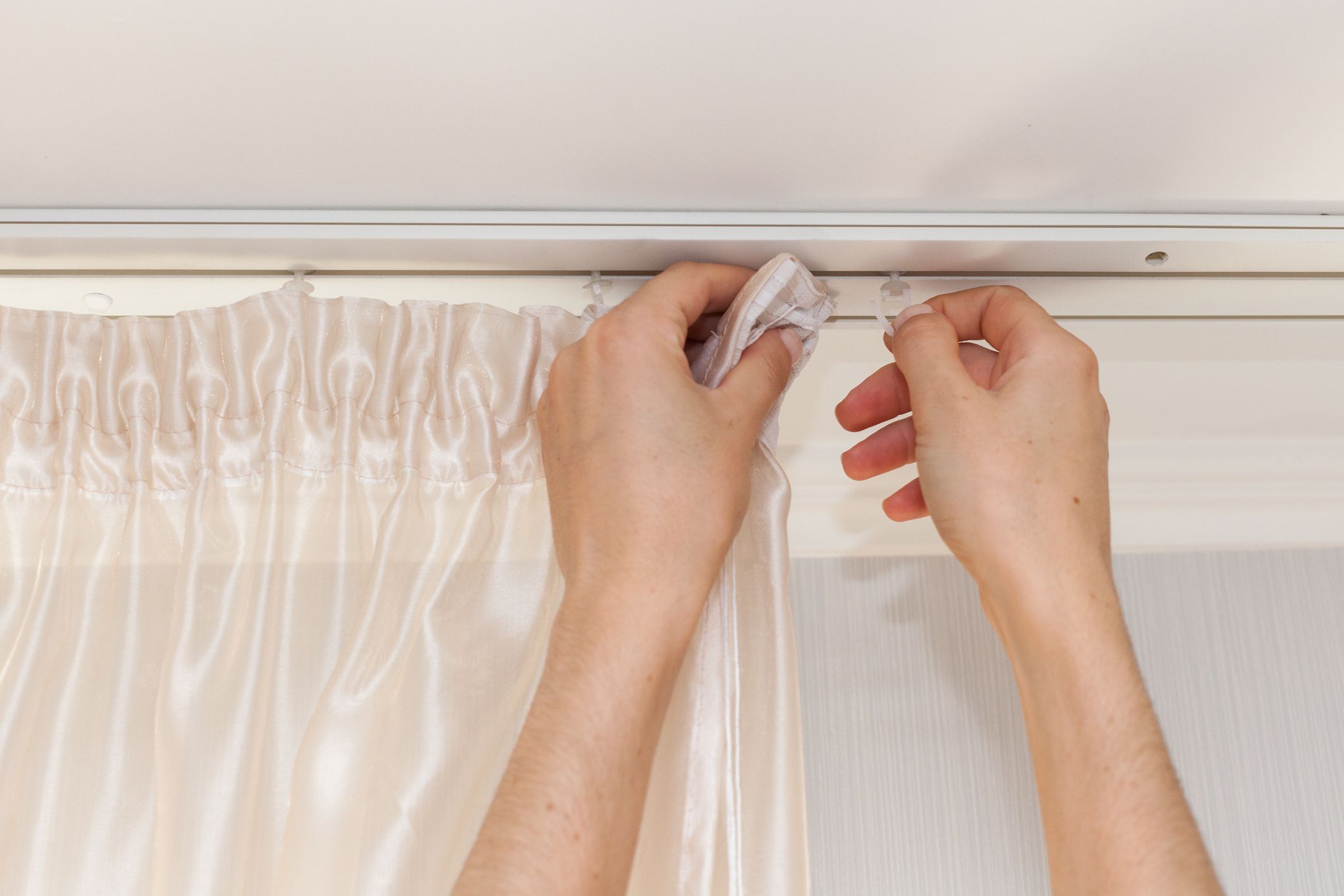

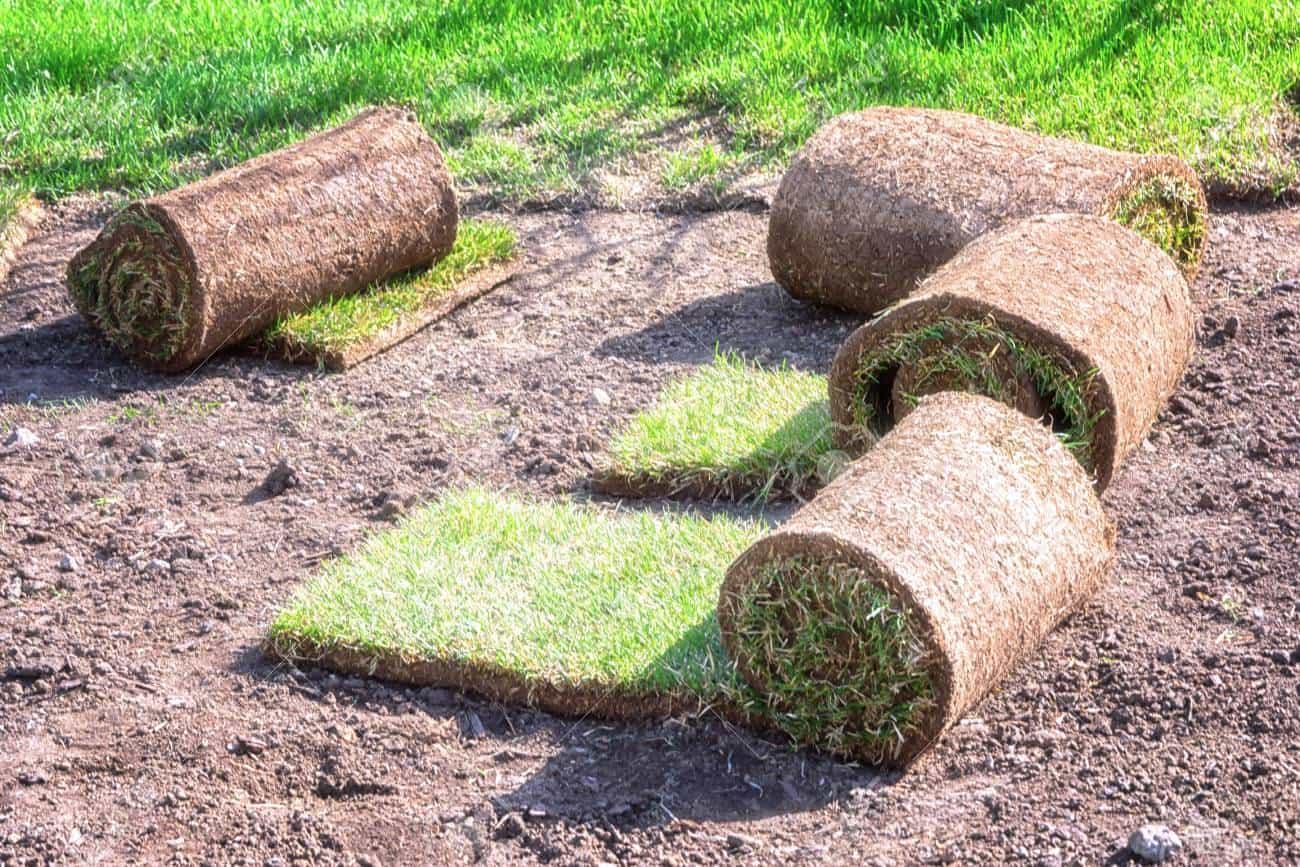
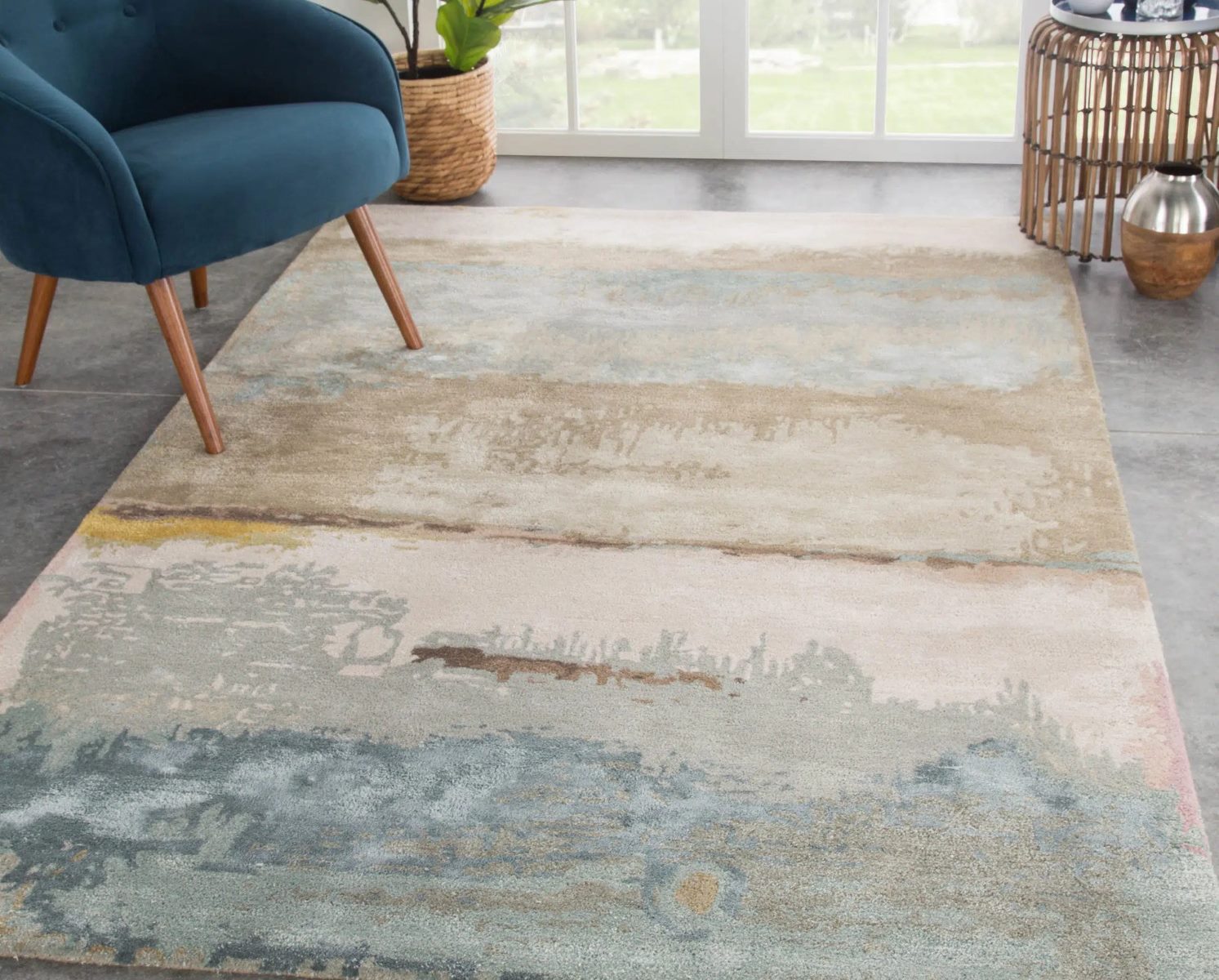

0 thoughts on “What Are Scandinavian Rugs Called”